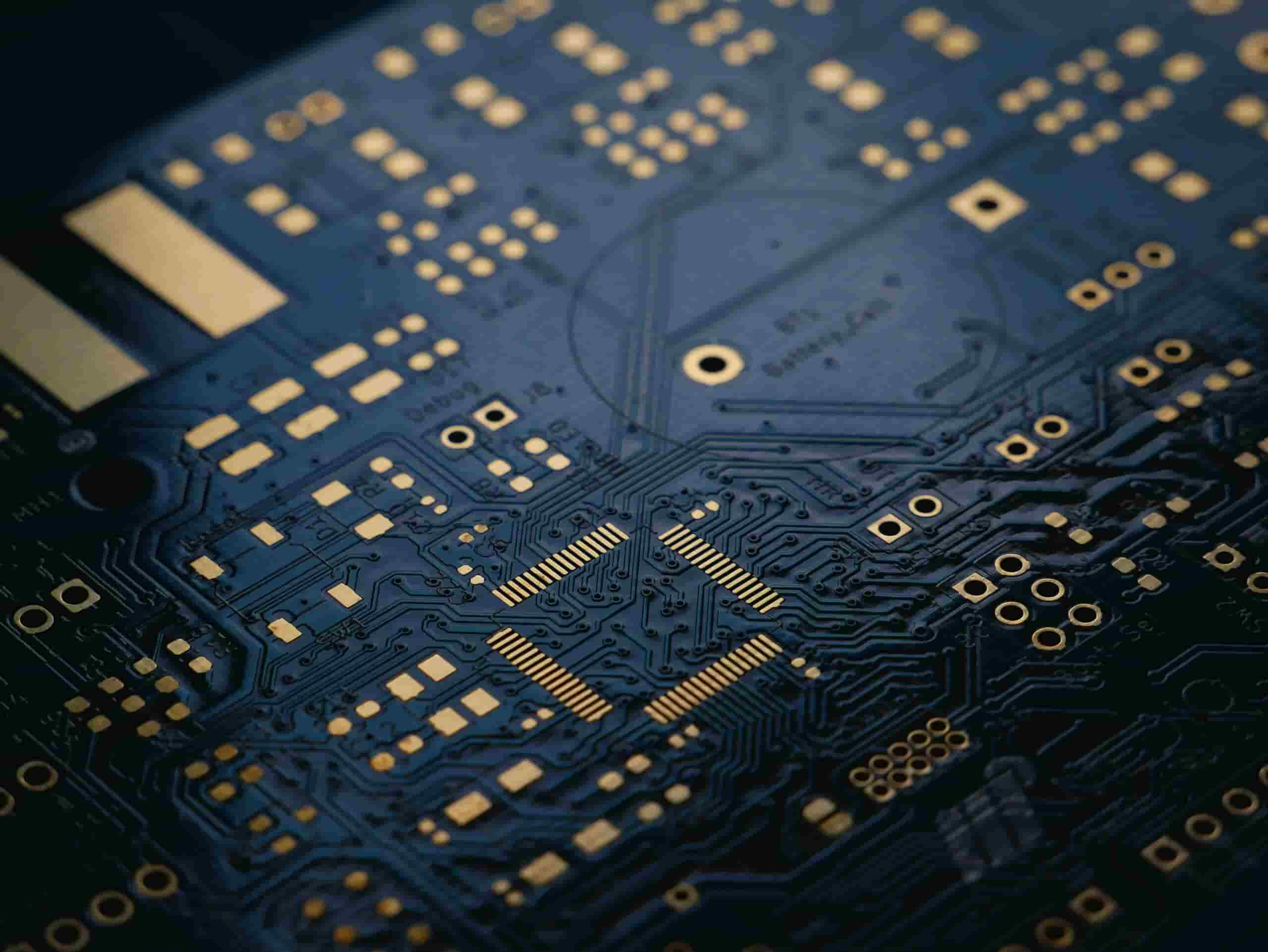PCB Design Service
PCB Design
PCB design encompasses the art of layout design, a multifaceted process that demands meticulous consideration of various critical factors. These factors encompass the arrangement of external connections, the strategic positioning of internal electronic components, the optimal layout of metal connections and through holes, electromagnetic shielding, efficient heat dissipation, and other pivotal considerations.

PCB Design Service at Highleap
From a schematic diagram to PCB layout, Highleap Electronic can provide excellent services that ensure optimal performance and manufacturability.
Processes of PCB Design Service
1
Requirements Gathering
Comprehending project requirements is a foundational step in any engineering or design endeavor. It involves the desired functionality, specifications, and constraints.
2
Schematic Design
The creation of a schematic diagram for the electronic circuit will be next. It involves component identification, symbol selection, logical connection, power supply consideration, signal paths, and so on.
3
Component Selection and Placement
After finalizing the schematic diagram, the subsequent stage involves the careful selection of precise components for the circuit. Factors like component availability, cost, and performance are meticulously assessed.
4
PCB Layout
PCB layout encompasses the strategic design of the physical arrangement of components, traces, and other crucial elements on the board.
5
Routing
It involves creating the electrical connections or traces that link the components. While automated routing tools can aid in this process, manual routing is frequently employed for critical or sensitive connections that require meticulous attention to detail.
6
Design Rule Check
The DRC checks for issues such as clearance violations, trace width violations, and other rule violations that could affect the functionality or manufacturability of the PCB.
Why Choose Us
Full ability of 1-30 layers circuit board
More than 10-years experienced engineers' team
Sign the NDA to assure customer's file confidentially
Free testing and debugging the prototype.
Take a Quick Quote
Discover how our expertise can help with your next PCB project.
